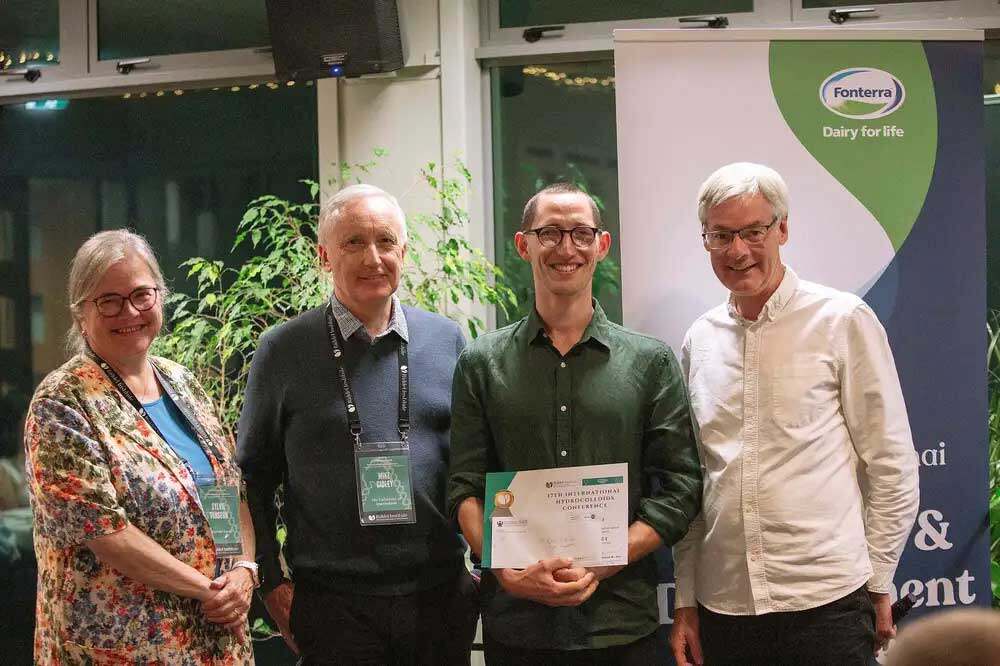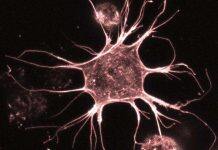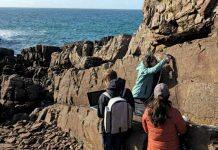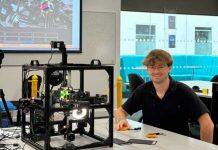Leading scientists from around the world converged on Palmerston North recently, thanks to Aotearoa New Zealand’s growing reputation in food science.


Around 200 food scientists attended the 17th International Hydrocolloids Conference from 12-15 November, hosted by the Riddet Institute at Te Kunenga ki Pūrehuroa Massey University in Palmerston North. Hydrocolloids are long-chain water-soluble molecules that form the building blocks for many food, nutraceuticals and cosmetic products.
It was the first time the conference had been held in New Zealand in the 32-year history of the event. Riddet Institute Director Distinguished Professor Harjinder Singh says this is due to New Zealand’s world-class reputation in food science. He says hydrocolloids research had a vital role in preparing for a sustainable future, increasing food production and improving nutrition in the human population.
“In the face of global crises, including pandemics, wars and climate issues, it is now more important than ever that we find sustainable solutions for the world’s food system,” Professor Singh says.
The conference theme was Future Hydrocolloids for Sustainable Food and Living Solutions, and finding solutions to the world’s problems was also the subject of Distinguished Professor Paul Moughan’s opening address.
He says mathematical modelling suggests 70 per cent more food would be needed to feed the growing global population by 2050.
“But not just more food, more nutrients. It has to be nutritionally adequate.”
Professor Moughan adds that today, close to one billion people were not getting adequate food, while ironically at the same time there was an obesity epidemic, with too many people eating too much poor-quality food. Both groups are malnourished and nutritionally deficient.
He says foods also contain beneficial bacteria and fatty acids, among many other components not always considered in nutritional terms, that have profound effects on health and longevity. The combination of foods consumed could also produce synergies that go beyond what the elements could be expected to provide individually.
“Milk and cheese should be bad for you when you look at them nutritionally, but every study shows cheese and dairy products have great outcomes and health benefits, because of how the combination of things work,” he says.
This is why the study of hydrocolloids was so important. Understanding complex food structures could help find new ways to grow and supply nutritious food.
Several other Riddet Institute scientists also presented research at the conference, including Professor Aiqian Ye and Dr Alejandra Acevedo-Fani, who were both plenary speakers. About one third of the delegates came from New Zealand, as well as large numbers from Australia and China. There were 100 presentations on the latest scientific thinking and research over the course of three days, with concurrent sessions occurring in three lecture theatres on Massey’s Manawatū campus.
New research collaborations anticipated
Conference Organising Chair Professor David Everett said research collaborations across organisations and countries were necessary to the free flow of new ideas. The conference provided a forum to meet new people and learn from others in the field and he expects many new research collaborations would arise from connections made.
“People from other parts of the world all have different takes on why hydrocolloids are important, or how they can be used – the different applications – so it’s the diverse international perspectives that are brought to the discussion table that make conferences like this have such an impact.”
He says new collaborations were harder to establish via email or Zoom calls, with face-to-face meetings essential to building trust.
“It’s absolutely critical that scientists meet in person to understand people’s perspectives on hydrocolloids.”
Many of the attendees also made the most of Massey being located within a food hub of specialised food research organisations.
While in Palmerston North, 40 conference delegates visited the nearby Fonterra Research and Development Centre, and attendees were also able to tour the food research facilities on campus, including the Te Ohu Rangahau Kai laboratories, a collaboration between Massey and AgResearch.
International delegates get a taste of New Zealand
On the opening day of the conference, delegates experienced a traditional Māori welcoming ceremony at the historic Refectory Building.
The pōwhiri began with a traditional calling in and greeting of the manuhiri (visitors) by the tangata whenua (hosts). A stirring haka was also performed by a local kapa haka group from Manukura School and traditional oratory by iwi representative Rawiri Shedlock and Deputy Vice-Chancellor Māori Professor Meihana Durie.
Delegates also experienced some culinary flavours from New Zealand at the conference dinner, with a three-course menu providing a showcase of some of the finest local produce.
The four-day event was supported by several industry and research organisations including Fonterra Research and Development Centre, Palmerston North City Council, AgResearch, Massey University and Yili Group.
Two academic publications from Elsevier, Food Hydrocolloids and Bioactive Carbohydrates and Dietary Fibre, are planning special issues dedicated to the research presented at the 17th International Hydrocolloids Conference.







































